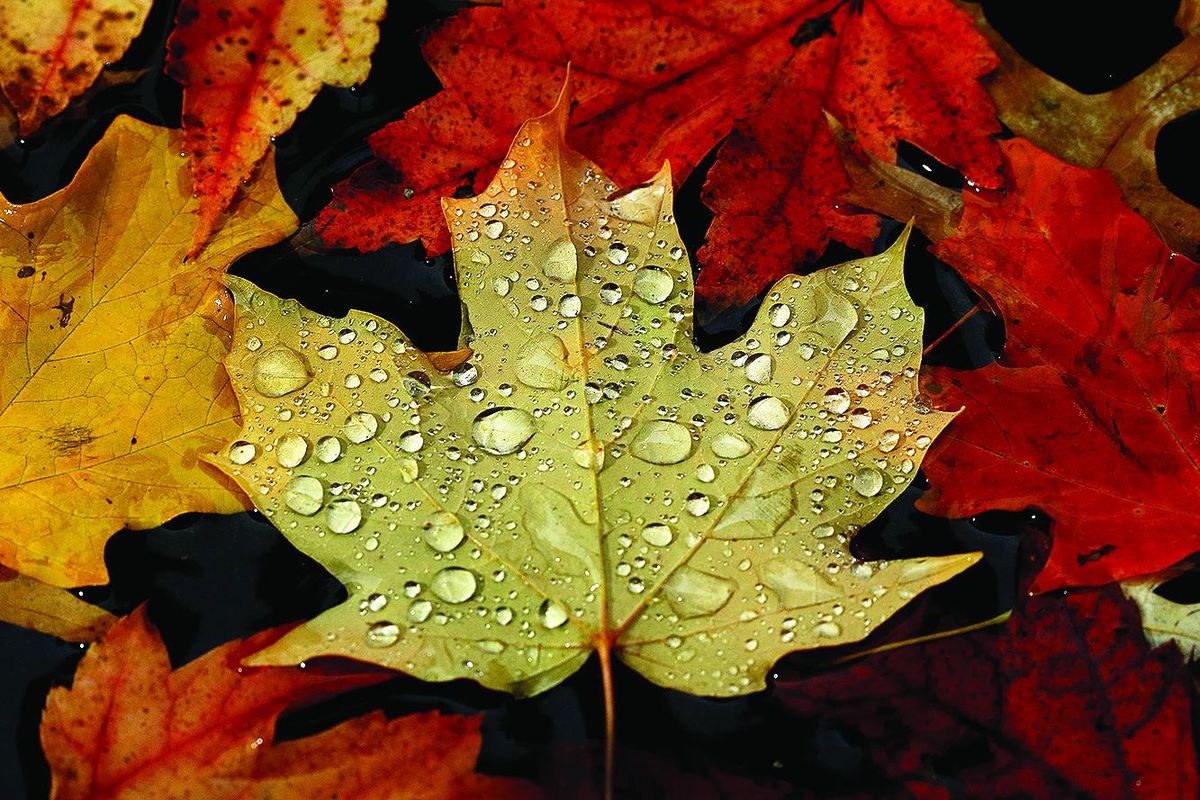Ask Dr. Universe: What gives leaves their shapes?

What gives leaves their shapes? Thanks a ton! —Pronoy, 9, San Jose, California
Dear Pronoy,
We can find all kinds of leaves on our planet. Just think of tiny pine needles, fern fronds, ivy vines or a big banana leaf.
My friend Eric Roalson is a professor at Washington State University who is very curious about plants. He said there are a few things that give leaves their shapes.
The shape of a leaf can depend on the family history of a plant, the group it belongs to and the environment where it grows up.
Roalson reminded me that it is not just leaves, but also roots, stems, flowers and fruits that can be different shapes. All of these parts work together to help the plant survive.
The main job of the leaves is to capture sunlight for the plant. Plants can use the sunlight, plus a few other ingredients – carbon dioxide and water – to make food for themselves. But plants in different parts of the world get different amounts of sunlight.
Plants live in lots of different places on our planet, such as shady forests, hot deserts and humid rain forests. And plants have an amazing ability to adapt to their environments.
A lot of plant families have been around for hundreds of millions of years – so they have had a lot of time to adapt to their environments, too. Plants might keep the qualities that have helped them survive through the years. They might develop new qualities that help them survive in their habitats. Or they might lose the qualities that are no longer useful.
In addition to leaves, a plant might also develop other kinds of qualities. It might develop tiny hairs to help it survive during frosts. Or it might develop a certain kind of defense. Poison oak and stinging nettle, for example, can cause itchy rashes in animals who come too close.
Roalson also told me that plants in the same family often have similar-shaped leaves. But not always. We see a lot of biodiversity in plants – that is, a variety of colors, shapes and sizes in a community of living things.
It turns out that an individual plant can actually produce different kinds of leaves throughout its lifespan. A lot of plants have baby leaves that are smaller and different shapes than the adult leaves – or true leaves. Some plants even have leaves that develop in between those two stages called juvenile leaves, or sort of like teenager leaves.
When a baby plant is beginning to sprout, most of what it needs is stored in the seed. It isn’t until later that it needs bigger leaves to take in sunlight and make food.
You know, there is still a lot to learn about what gives leaves their shape. Maybe you can help us discover more about it one day. Until then, take a look around your neighborhood and see how many different leaf shapes you can find.
Sincerely,
Dr. Universe
Ask Dr. Universe is a project from Washington State University. Submit a question at askdruniverse.wsu.edu/ask.